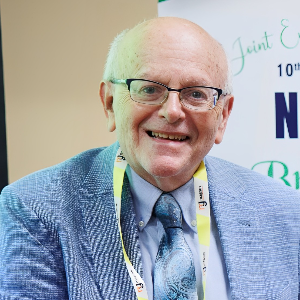Anxiety Disorders
Anxiety is a typical reaction to stress and occasionally serves a useful purpose. It can warn us about dangers and assist with our preparation and attention. In contrast to typical emotions of jitteriness or worry, anxiety disorders entail extreme dread or anxiety. Nearly 30% of individuals have anxiety disorders at some time in their life, making them the most prevalent of all psychiatric illnesses. But there are therapies for anxiety disorders that are both effective and treatable. Most persons who receive treatment can have regular, fertile lives. Anxiety is defined as the expectation of a future unease and is more frequently accompanied by tense muscles and avoidance behaviours. People with anxiety disorders may make attempts to avoid circumstances that set off or exacerbate their symptoms. In general, for a person to be diagnosed with an anxiety disorder, their fear or anxiety must: be excessive for their condition or inappropriate for their age.

Nile Stanley
University of North Florida, United States
Ann Marie Leonard Zabel
Curry College, United States
Edie Raether
NeuroShifts and Wings for Wishes Academy, United States
John Michael Weber
Open Door Mission in Houston Texas, United States
Owonaro Peter
Bayelsa State Drug Avuse Addiction Prevention and Rehabilitation Committee (BADAPARC), Nigeria
Sindu Padmanabhan
Bharathiar University, India




Title : Integrating bibliopoetry therapy and digital health technologies for inflammation management: A neuropsychosomatic perspective
Nile Stanley, University of North Florida, United States
Title : Evaluation of prevalence and pattern of tobacco use in yenagoa city in bayelsa state south of nigeria
Owonaro Peter, Bayelsa State Drug Avuse Addiction Prevention and Rehabilitation Committee (BADAPARC), Nigeria
Title : Engaging learners through gamification, creativity, and human-centered design
Tero Moliis, Versantium, United States
Title : Neuropharmacological and regulatory drivers of tianeptine misuse in the united states: A growing public health concern
Darcy Tocci, NSU College of Pharmacy, United States
Title : Awakening sovereignty within: Healing trauma, releasing codependency, and returning to self-trust
Whitney Walker, Mental Health Therapist/ Podcast Host, United States
Title : You can save a life: Real conversations, real solutions for suicide prevention
frank King, The Mental Health Comedian, LLC, United States